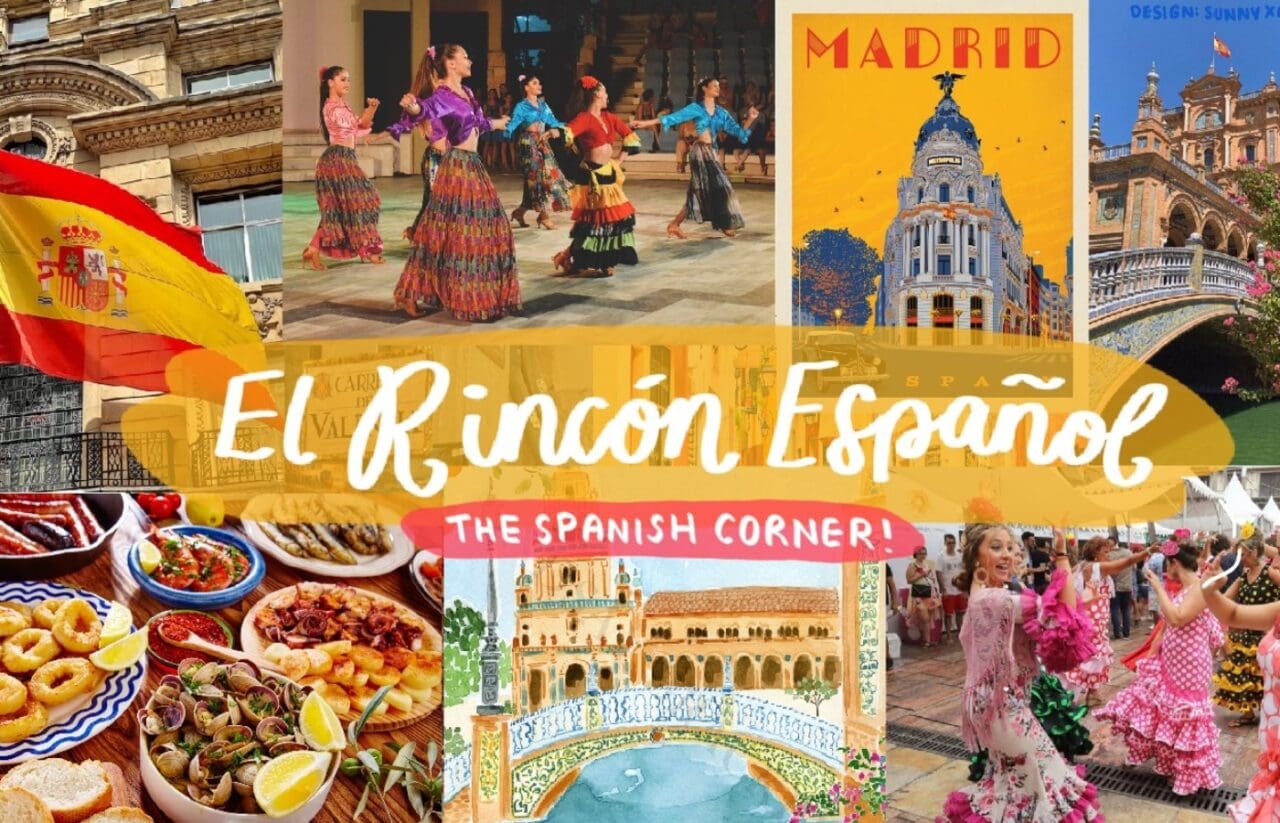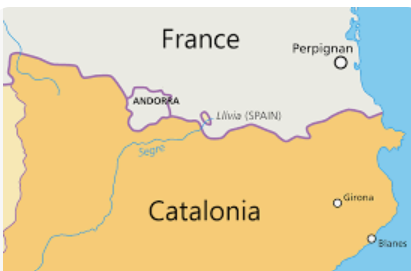Llívia is a Spanish town located entirely within French territory, making it a Spanish exclave. Its unique status is the result of the 1659 Treaty of the Pyrenees, which ceded several villages in the Cerdanya region to France, but specifically excluded Llívia because it was classified as a “town,” not a “village”. The town is part of the Spanish province of Girona in Catalonia.
- Location: Llívia is completely surrounded by the French département of Pyrénées-Orientales.
- History: The town was known to the Romans as Julia Libyca. Its status as a Spanish exclave was cemented by the 1659 Treaty of the Pyrenees, which redrew borders between Spain and France.
- Unique Status: By classifying Llívia as a town (or vila) and not a village, a clause in the treaty prevented it from being ceded to France.
- Connectivity: Llívia is connected to the rest of Spain by a six-kilometer neutral road that passes through French territory.
- Culture: Despite being geographically in France, Llívia maintains a strong Spanish and Catalan identity.
Historical and cultural curiosities
- Esteve Pharmacy: This 15th-century pharmacy is one of the oldest in Europe and is now a museum with original furniture, an 18th-century setup, and a large collection of old prescription books, ceramic jars (albarellos), and antique medicines.
- Our Lady of the Angels Church: Parts of this 16th-century church have a floor made of recycled tombstones from wealthy residents.
- Llívia Castle: The ruins of this medieval castle, which was a key fortification in the 14th and 15th centuries, are located on a hilltop. It was destroyed by the forces of Louis XI after a 14-month siege.
- Roman remains: Llívia was an important Roman settlement called Julia Lybica. The remains of a Roman forum, likely built in the 1st century AD, have been excavated there.
- Macaque skeleton: A large macaque skeleton was found in a nearby Roman excavation, buried and dressed as a Roman soldier.

